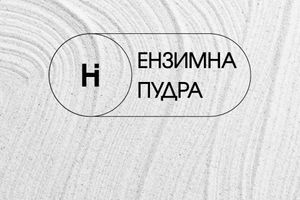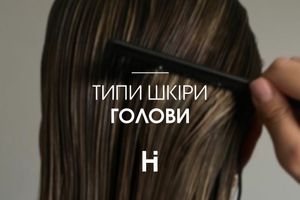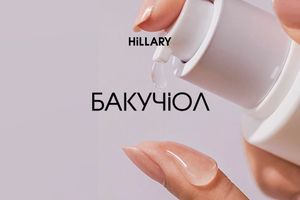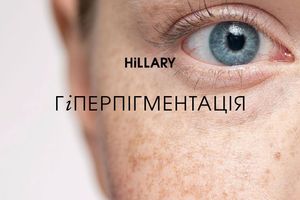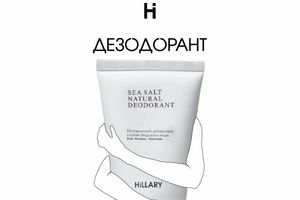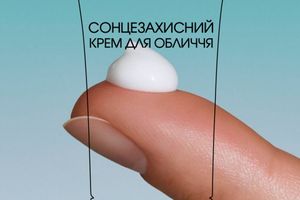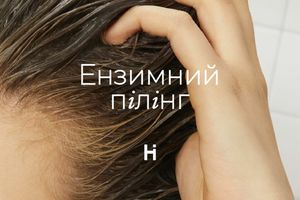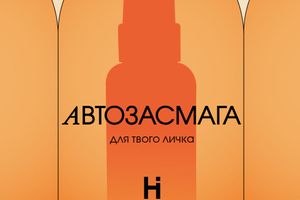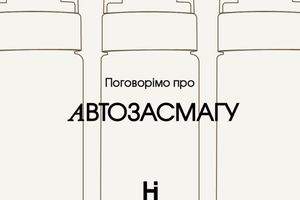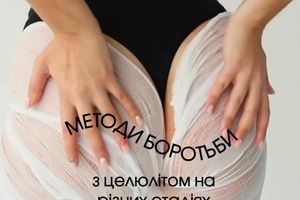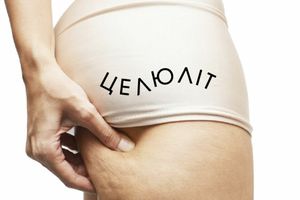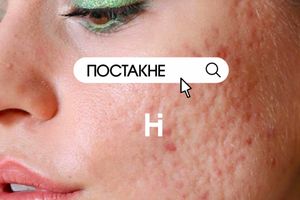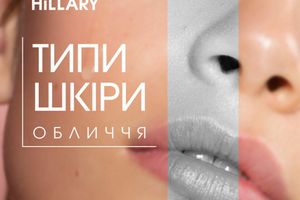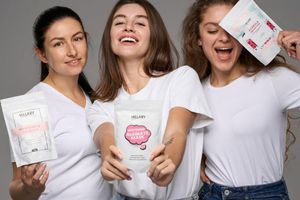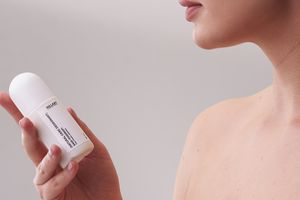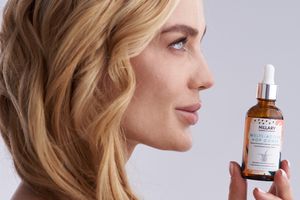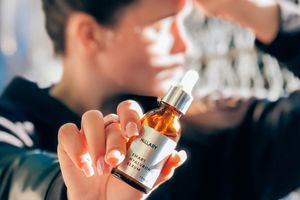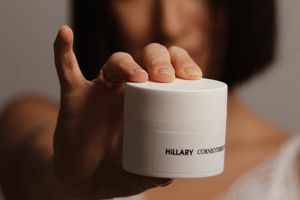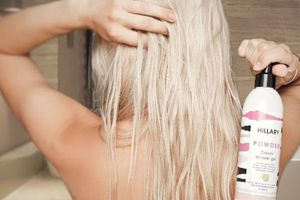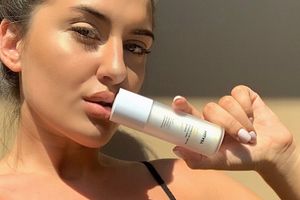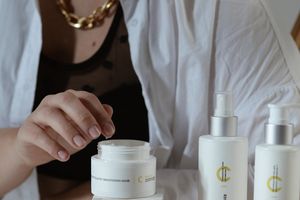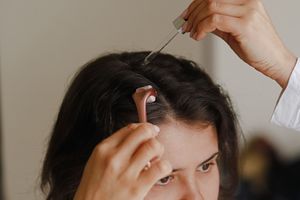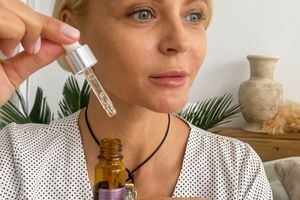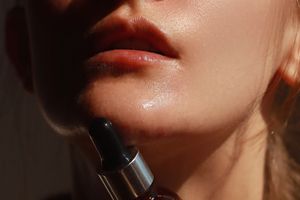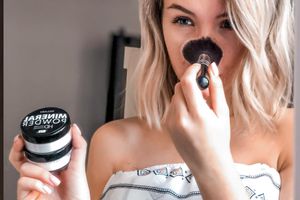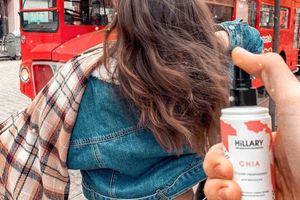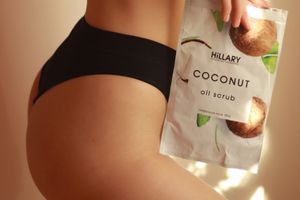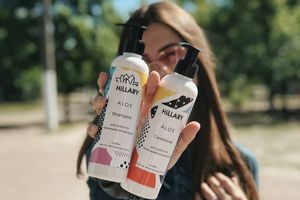How to choose the right hair care, optimal haircut and hairstyle? Of course, for this it is necessary to be able to distinguish between types of hair. Oddly enough, many may not know their type or be mistaken about this. We tell you everything about the main types of hair and home care for them.
Hair Types: How to Identify Yours
As you know, all types of hair are divided into four main ones: normal, dry, oily and combination. It is important to understand that when talking about oily hair, they mean excessive sebum secretion of the scalp. After all, obviously, the hair itself does not have sebaceous glands and is not capable of being greasy. In addition, hair is divided into thick and sparse, thick and thin, healthy and damaged, dyed and undyed.
Unfortunately, the density of the hair cannot be influenced in any way, you can only strengthen the roots and create a visual volume. But colored and porous strands can be properly looked after. Curls of any type can be kept in shape with proper nutrition and conditioning. So, a description of their characteristics will help determine your hair type.
Normal hair type.
As a rule, normal hair becomes greasy at the roots approximately on the third day after washing. Most likely, their ends rarely split. Of course, such types of hair as normal can also be electrified. However, they fit easily and keep their shape well. If heat styling is not carried out too often, then it does not harm normal curls.
Normal hair is recommended to be washed as it gets dirty. Most likely, the frequency of washing will be about 2 times a week. Try to choose mild shampoos so as not to dry out the strands. Perhaps you should not abuse the masks, it is enough to do them once every two weeks.
Dry hair.
Hair types such as dry can stay clean for up to 5-6 days. As a rule, they shine a little and often split. The ends of the hair can be difficult to comb, the strands break and become electrified. This type of hair can be difficult to style. In addition, blow-drying and hot appliances worsen the condition of the curls. Dry strands can come naturally to you, or they can be the result of perm, bleaching, frequent dyeing, or the abuse of styling gadgets.
Never comb wet strands, especially dry ones. On towel-dried curls, apply a little coconut or argan oil or serum for. Wait until it dries completely, then comb your hair with a suitable comb.
Don't try to maintain length with dry or split ends. It usually looks messy.
Oily hair type.
Oily hair types tend to get dirty quickly. Perhaps, already on the second day after washing, the strands will look greasy. But this type of hair is not prone to splitting, it is little electrified and has a healthy shine. Oily hair is easy to style, but does not hold its shape very well. Unfortunately, dandruff is a fairly common problem for owners of oily hair.
Oily hair can be washed every day if you use a daily shampoo. If your goal is to get rid of dandruff, pick up a special remedy. By the way, it would be a big mistake to leave oily hair without conditioner, because they also need moisture.
Hair Types: Combination or Mixed
Hair types called combined or mixed are typical for girls with long curls. The combined type suggests oily roots and dry tips. Unfortunately, such hair looks stale already on the second or third day after washing, while the ends become electrified and split. Hair of this type can be prone to frizz at the ends. In addition, after washing, there may be a feeling of dryness or tightness of the scalp.
Editor's Tip: Combination hair should be washed two to three times a week or as needed. It is useful to use decoctions, for example, from chamomile or oak bark. However, before doing this, it is imperative to find out if you are allergic to these ingredients. To do this, apply a drop of decoction on the wrist or skin behind the ear.
Damaged hair as a separate type
It happens that damaged hair is classified into a separate category due to its porosity and brittleness. However, it is important to remember that hair types can change due to seasonality, health conditions, and so on. For example, under the scorching sun or in the cold, hair can become dry or porous. Or, let's say, as a result of frequent staining and damage, the strands become dull and dry.
Dyed hair
In addition to moisturizing and restoring, color-treated hair care includes maintaining color vibrancy. Colored strands need delicate care without damaging the pigment.























































